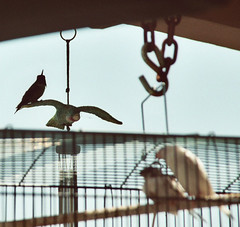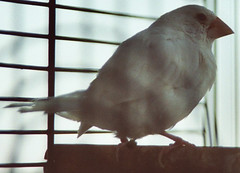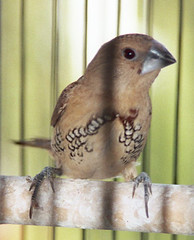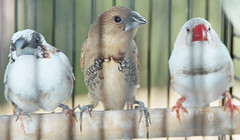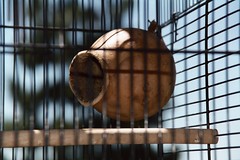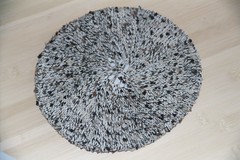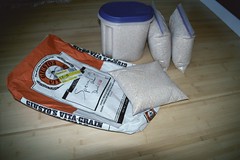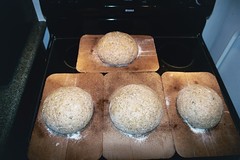Last night’s experiment was in Pumpernickel Bread. If I’d read the Wikipedia article beforehand, I might have gone out and bought some rye flour and spent another day at it. As it was, though, I believe that, for a first experiment, I’ve ended up with a nice, American-style Rye.
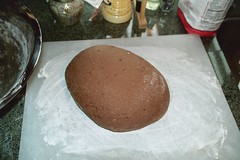 |
 |
| After final knead | Divided |
I basically started with my regular sourdough starter, fed it & let it run wild all day on the counter, removed out the piece which goes back in the fridge, and started adding crazy things to it. The crazy things were: lots of molasses, cocoa powder, fennel seeds, caraway seeds, and dill seeds. From there, it was a matter of working in more whole wheat flour, a fair amount of oat bran (2 cups, as opposed to my usual 4 cups of fiber), and some white flour, just for good measure. Oh – and some olive oil, because one of the consistent features of all of the recipes I examined on the web was that they included fat of some kind, be it shortening (!), butter, oil, or olive oil.
 |
 |
| 15 Minutes into the rise | 1 Hour into the rise |
After an exceedingly long rise (about 1:20), I felt that they’d finally achieved the amount of rise needed to go into the oven. I don’t know what’s up with that long rise time, but I suspect it’s because of the oil, molasses, and chocolate all acting as inhibitors to my yeast’s growth. In any event, in they went, to come out when they were almost 190 degrees F (probe thermometer). I pulled them early, because I figured they’d carry over, and I wanted a more tender bread.
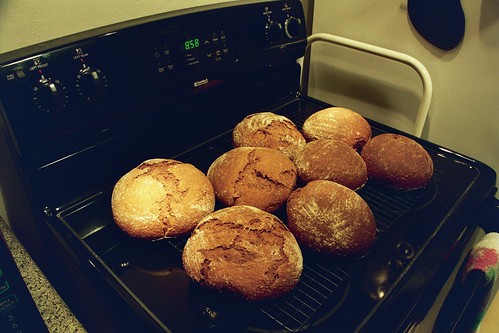 |
| All Done! |
I’m told that it’s a milder flavor than other Pumpernickel, which may or may not be a good thing. I think that, next time, I’m going to go for the sourdough Rye thing, and the long bake time which is characteristic of German Pumpernickel. Just, you know, to see what that’s all about. And also because I found it truly difficult to part with all of that cocoa powder. Really really difficult.

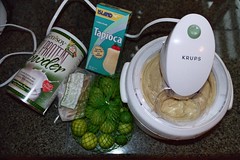
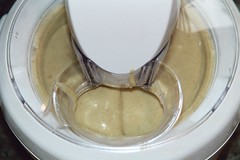
 My friend
My friend 